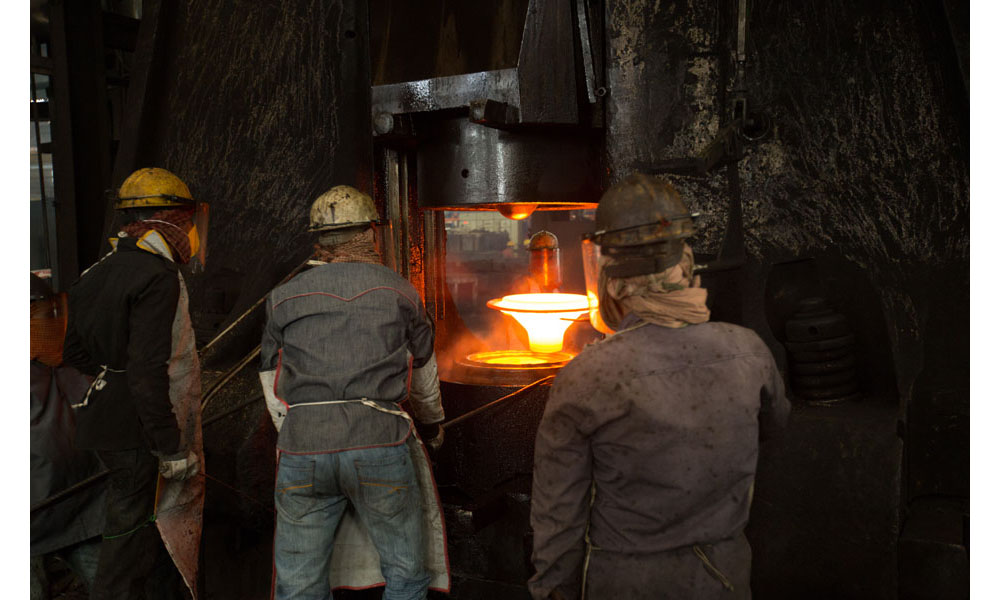AISI 1005 Carbon Steel (UNS G10050)
Carbon steels are those that have carbon as the main alloying element. They also contain up to 0.4% silicon and 1.2% manganese. In addition, the residual elements such as copper, molybdenum, aluminium, chromium and nickel are present in these steels.
AISI 1005 Carbon Steel (UNS G10050)
Carbon steels are those that have carbon as the main alloying element. They also contain up to 0.4% silicon and 1.2% manganese. In addition, the residual elements such as copper, molybdenum, aluminium, chromium and nickel are present in these steels.
The following datasheet will discuss about the AISI 1005 carbon steel.
Chemical Composition
The chemical composition of the AISI 1005 carbon steel is outlined in the following table.
| Element | Content (%) |
|---|---|
| Iron, Fe | 99.5 - 100 |
| Manganese, Mn | 0.35 |
| Carbon, C | 0.060 |
| Sulfur, S | 0.050 |
| Phosphorous, P | 0.040 |
Physical Properties
The physical properties of the AISI 1005 carbon steel are tabulated below.
| Properties | Metric | Imperial |
|---|---|---|
| Density (composition 0.06% C, 0.38% Mn, 0.01% Si, annealed at 925°C) | 7.872 g/cm³ | 0.2844 lb/in3 |
Mechanical Properties
The following table shows mechanical properties of the AISI 1005 carbon steel.
| Mechanical Properties | Metric | Imperial |
|---|---|---|
| Modulus of elasticity | 190-210 GPa | 27557-30458 ksi |
| Bulk modulus (typical for steel) | 140 GPa | 20300 ksi |
| Shear modulus (typical for steel) | 80 GPa | 11600 ksi |
| Poissons ratio | 0.27-0.30 | 0.27-0.30 |
Thermal Properties
The thermal properties of the AISI 1005 carbon steel are given in the following table.
| Properties | Metric | Imperial |
|---|---|---|
| Thermal expansion co-efficient (@0-100°C/32-212°F) | 12.6 µm/m°C | 7 µin/in°F |
Other Designations
Other designations that are equivalent to the AISI 1005 carbon steel include the following:
- ASTM A29
- ASTM A510
- MIL S-11310
- SAE J403
- SAE J412
APPLICATIONS
Applications of these steels will be limited to those parts where strength and wear resistance for example are not primary requirements. In the case of forgings, for example, the steels could be considered to be case-hardening types.
FORGING
These are materials that are relatively easy to work with. They may be forged from a temperature of around 2400ºF (1315ºC), or some 300ºF (150ºC) below their solidus temperature.
HEAT TREATMENT
These steels would not normally be annealed and may be machined in the as-rolled or as-forged conditions.
These steel grades are also used in flat-rolled form and in such cases may undergo some form of severe deformation – deep drawing for instance. In such cases special heat treatment cycles are used, which may involve continuous coil annealing.
MACHINABILITY
Best machinability of these grades is normally obtained in the as-rolled or as-forged condition. If the parts are such that very different structures may obtain throughout the size of a part, then a normalizing treatment at around 1700ºF (925ºC) might be recommended.
WELDABILITY
These grades may be welded by all fusion methods.

